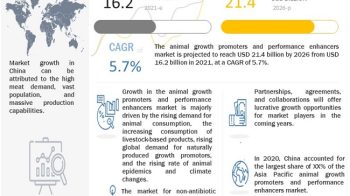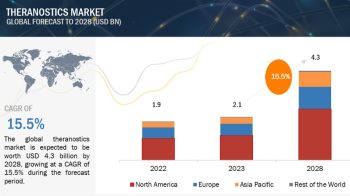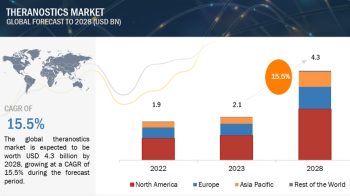Major Objectives of This Report:
# To define, describe, and forecast the global pharmaceutical drug delivery market on the basis of route of administration, application, facility of use, and region.
# To provide detailed information about the factors influencing market growth (drivers, restraints, and opportunities).
# To strategically analyze micromarkets with respect to individual growth trends, prospects, and contributions to the total market.
# To analyze market opportunities for stakeholders and provide details of the competitive landscape for key players.
# To forecast the size of market segments in North America, Europe, Asia Pacific, and the Rest of the World.
# To profile key players and comprehensively analyze their product portfolios, market rankings, and core competencies.
# To track and analyze competitive developments, such as acquisitions, collaboration, product approvals, expansions, and agreements in the global pharmaceutical drug delivery market.
Download PDF Brochure@
https://www.marketsandmarkets.com/pdfdownloadNew.asp?id=1085
Expected Revenue Growth:
The pharmaceutical drug delivery technology market is projected to reach USD 2,015.3 billion by 2025 from USD 1,430.5 billion in 2020, at a CAGR of 7.1% during the forecast period.
Growth Influencing Factors:
Growth in this market is mainly driven by the rising prevalence of chronic diseases, growth in the biologics market, and technological advancements and new product launches. Due to the outbreak of corona virus globally, there is a sudden rise in the demand for pharmaceutical drugs largely in infectious application.
Recent Developments:
# In 2020, Johnson & Johnson, Inc collaborated with Biomedical Advanced Research and Development Authority (BARDA), to expedite development and strengthen access through production of coronavirus vaccine.
# In 2020, Johnson & Johnson, Inc collaborated with MeiraGTx Holdings Plc (US) to develop, manufacture and commercialize its clinical stage inherited retinal disease drug portfolio.
# In 2019, Novartis signed an agreement with Shionogi (Japan) to commercialize new treatment, Rizmoic (Naldemedine) for Opiod-induced constipation in key European countries of Germany, UK and Netherlands, with rights of first refusal for some other European markets.
North America was the largest regional market for pharmaceutical drug delivery in 2019
The global pharmaceutical drug delivery market is segmented into four major regions, namely, North America, Europe, Asia Pacific, and the Rest of the World. In 2019, North America accounted for the largest share of the market. The large share of the North American market can be attributed to factors such as growth in biologics in the pharmaceuticals market; the rising prevalence of chronic diseases increasing patient compliance to innovative drug delivery technologies; and the presence of a large number of prominent players in this region.
Request Sample Pages@
https://www.marketsandmarkets.com/requestsampleNew.asp?id=1085
Key Players:
The pharmaceutical drug delivery market is highly fragmented in nature with several big and emerging players. Johnson & Johnson, Inc. (US), Novartis AG (Switzerland), F. Hoffmann-La Roche Ltd. (Switzerland), Bayer AG (Germany), Pfizer, Inc. (US), Sanofi (France), GlaxoSmithKline plc (UK), Merck & Co., Inc. (US), 3M (US), Antares Pharma, Inc. (US), and Becton, Dickinson and Company (BD) (US) are some of the leading players operating in the global pharmaceutical drug delivery.
Different Growth Strategies Adopted by Them:
Players in this market pursue the strategies of product approvals, partnerships, agreements, collaborations, expansions, and acquisitions to develop and expand their market presence. Product approvals has been the key growth strategy adopted by players to expand their share in the market.


